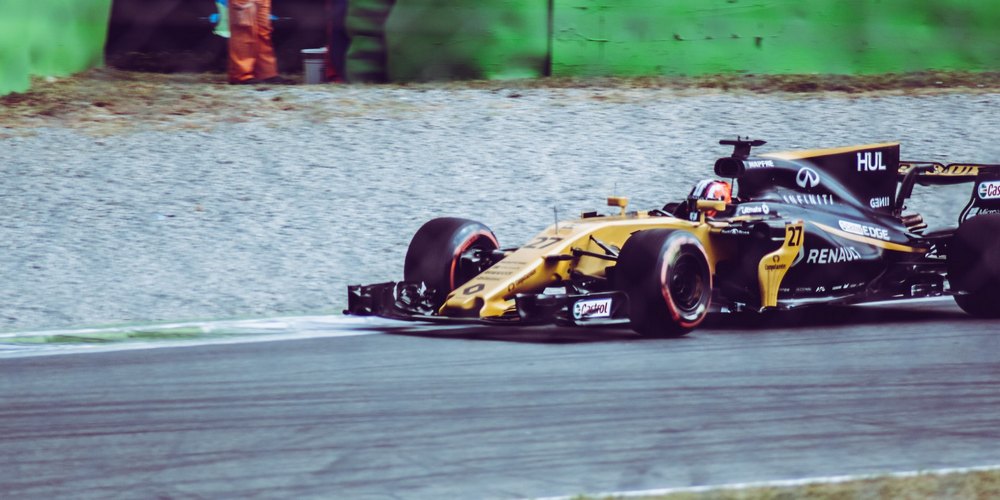The Monza circuit in Italy is still considered to be the fastest circuit to this day. It was created in the early 20s to host the Italian Grand Prix. The reason for building the circuit was the Italians’ crushing defeat of the French in a race near Brescia. In 1921, not a single Italian car came to the finish line and all the prizes went to the eternal rivals of the southern nation. To prevent such disgrace in the future, a good speedway was needed where Alfa Romeo racers could unlock their potential. The Mussolini party that had just come to power had invested heavily in motorsport. Senator Silvio Crespi, chairman of the Automobile Club of Milan, together with Arturo Merzanti, the appointed director of the proving ground, found a place in the Monza Park. The track was based on the design of the American track in Indianapolis. In order not to disturb the historical landscape, the roads were laid on the existing passages. The builders managed to achieve minimum clearance of the forest.
Already in 1922 the first version of the track was put into operation. Its length was 14 kilometers. Monza indeed turned out to be the fastest in Europe. Bolides raced here more than 200 kilometers per hour. Accidents began. Many pilots ended their days in Monza, however, Italy came out in the leaders of Motorsport and rubbed the nose not only of the French, but also the Germans. At Monza shone engineer Enzo Ferrari and strengthened the glory of his machines.
Meanwhile, because of safety requirements in 1938-39, it was necessary to reconstruct the site. Because of the long distance rescuers did not always have time to reach the victims. The length of the track was reduced to 6.3 km. A 2,000-seat grandstand, concrete fence and 30 service boxes were built.
The Monza circuit is still considered the fastest in Formula 1. On August 25, 2005 Juan-Pablo Montoya drove his McLaren to a Formula 1 speed record of 372.6 km/h during test runs. It also recorded the highest overload of 5g experienced by a driver when decelerating from 300 km/h to 80 km/h.
Monza is loved by mechanics and engineers, because it’s the engineers who win races here, not the drivers. In Monza, there are a lot of straight lines, where the leading role played by engines, aerodynamics and suspension settings. The outcome of the Grand Prix depends on how the mechanics and technicians work.






